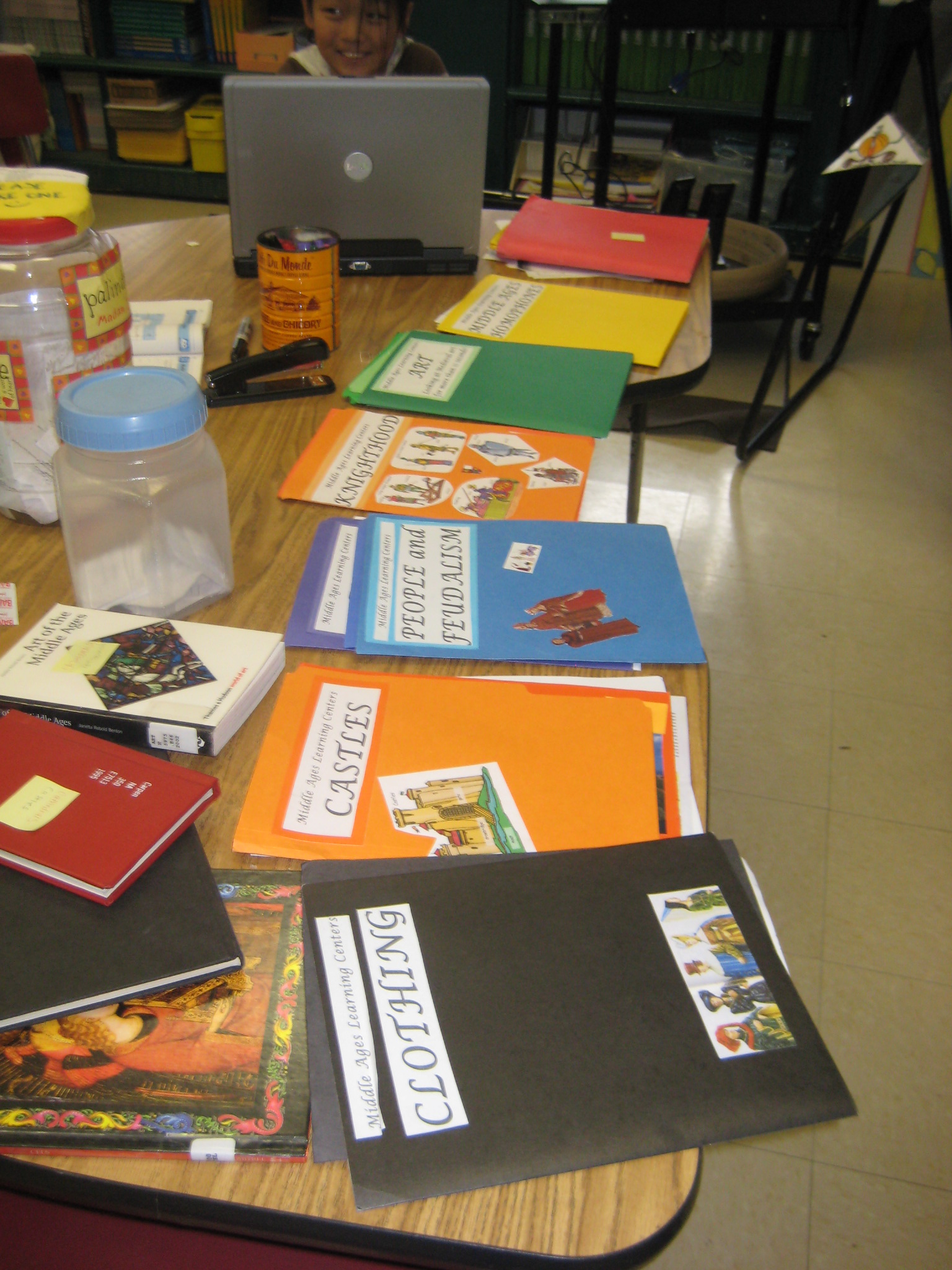Everyday Math
Wallingford Elementary's math curriculum revolved around Everyday Math. The first subject I started teaching was math, because while the curriculum was presecriptive, there was flexibility, and alot of room to learn all the lessons, concepts, and materials required. As a growing curriculum in many elementary schools, I enjoyed mastering all the parts of the math lessons. To complement some lessons and meets the needs and pace of the students, I created excercise and manipulatives to enhance understanding of the concepts. Here are 2 examples:
“FUNCTION MACHINE” in Everyday Math
I created, during UNIT 2: Using Numbers and Organizing Data, a math manipulative to visually represent the function machine charts, also known as “in and out” boxes. Here is an example of an in and out box.
The understanding of these charts requires students to conceptualize number patterns and numbers operations. Many students struggled to understand the operation that happened in between the in and the out number. I create an actual “function machine” to help represent that the act of putting a number in the “function machine” meant that the number was somehow being manipulated. The in numbers (on index cards) were put in the function machine, and then rules (on index cards) were applied to them. Students would fill out “in and out “ charts to accompany the function machine operations. The students completed these charts, and this function machine was introduced in a lesson and then used in our math learning centers.
BAR GRAPH
During Unit 2, Using Numbers and Organizing Data, I created an extra practice handout to reinforce the bar graphs we were studying. By observing the students, the explicit practice of drawing and using a bar graph seemed to be necessary. I added this into unit by discerning the the students' pace and needs. For students who needed extra support, I allowed them to physically used post it notes to creat their bar graph.
Please click here to view the WES bake sale Bar Graph.
FAMILY BAR GRAPH
To incorporate technology into the math curriculum, based on a lesson about collecting, the class collected family size, and created bar graphs through Excel. While I led the lesson, the lesson was a part of the 4th grade technology curriculum at WES. It was interesting to see how certain computer skills needed to be explicitly taught, and the skills that students were already familiar with even at the fourth grade.
Here is the model bar graph I used to show students how to input data, create a bar graph, and change the appearances of the bar graph.
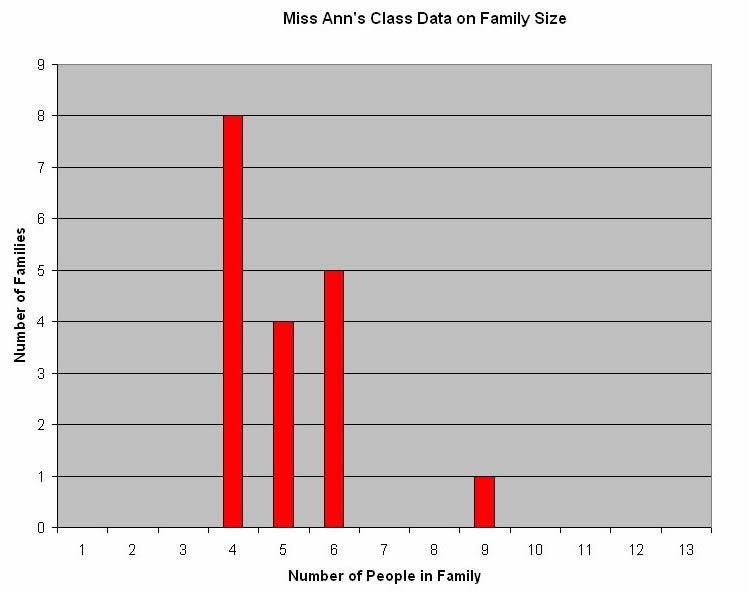
Curriculum
Spelling and Homophones
The 4th grade curriculum used a spelling curriculum called "Spelling Discovery". In addition to the spelling curriculum, my cooperating teacher and I decided to add commonly mispelled homophones to their spelling lists. Looking at informal assessments and other observations, I noticed that the students struggled with differentiating spelling and meaning of homophones , both in their writing and reading. I also realized that throughout our language arts lesson and spelling units the sheer amount of homophones in our Enligh language. The noticing the complexity and prevelance of homohphones, homographsn, and homonyms started a inquiry into the English language.
Initially we started off with adding a few pre-selected words into their spelling. For exmaple, right and write; where and wear; clothes and close etc. I created several fill in the blank tests to assess their understanding of the meaning of the homonyms, along with the meanings. We also played with the homophones by creating sentences using both homonyms, using our creativity. We would then vote on the best sentences either verbally or I would type up a handout with all the sentences and ask students to "star" their favorite sentences. We posted these sentence on our "Homophone Sentences" wall. I would also incorporate many of the student created sentences on the test. In a sense, I wanted students to own their learning, classroom, and even their assessments, even in a area such as spelling.
Throughout the day, in all content areas, I would point out homophones. I thought this would raise awareness, and help students to see how their spelling words were used in everyday language, by connecting often decontextualized spelling words to many things we were doing in the classroom.
I am not sure how it happened, but students began to rapidly identify homonyms in peers', mine, and their own writing, reading, and speaking. This enthusiastic awareness even interrupted lessons, because students would shout out 'I just found a homophone!" I often commented that students were "homophone happy'. In order to acknowledge all of their contributions, I created an "I Spy Homophone Jar" that students could write down all the homophones, homonyms, and homographs they identified throughout the whole day. During transition periods, I would often draw a few to acknowledge studets' work. Students avidly took on this activity throughout the day, and I even was amazed about the amount of homophone in our English langauged. This raised awareness helped students to also notice it in their writing, and provided a means to help them improve their writing and spelling. I really enjoyed this process because it was an organic process of identifiying, learning, and incorporating spelling and writing into our classrool culture.
Student putting a homophone slip into jar.
Curriculum
The Middle Ages
The "Middle Ages" was the annual theme of the school. I created several Middle Ages Learnining Centers as an enrichment activity for students. I hoped to increase interest and knowledge about the Middle Ages and how the time period was different or similar to our moden times. The topics for the Middle Ages were a result of a survey I gave students about what they wanted to learn about, and a result of questions they generated after I presented a Middle Ages Powerpoint.
In order to ensure that this would be an independent but meaningful learning experience for students, we went over the "Middle Ages Learning Centers Code of Honor". This was a spin off of a knight's chivalry code, which we had discussed earlier. I created a Code of Honor that I should uphold, and then student's Code of Honorr to be independent learners in the centers and to pursue their interests I tried to be very explicit. Then we created our own "seals" .
Here is a copy : Middle Ages Learning Centers Code of Honor.
Other centers: Clothing, Castles, People and Fedualism, Homophones,
Art, Churches and Cathedrals, Food, and Knighthood
Here is an example of the Castles Middle Ages Learning Center
Curriculum
Learning Contractions Through
Grammar "Surgery"
Lesson adapted and modified from: http://www.teachers.net/lessons/posts/2805.html .
This lesson was originally a lesson I had tried with my 4 th grade class. I ended up presenting this lesson in two other fourth grade classrooms. As I did each lesson, I began to modify the pace of the lesson and integrated more differentiation ideas. This was because I had a time limit and a diversity of learners. Originally, the analogy was inspired by the website above (example of using a website/ professional resource), and then modified with differentiation ideas, and the “recovery room” contractions chart.
Materials:
- Paperclips
- Tape, a few pieces for everyone
- Doctor role playing: lab coat or scrubs, gloves (optional: face mask, stethoscope etc.)
- “doctor’s tray”: a small tray of any kind to place doctor’s tools
- Scissors (students will also need scissors
- Strips of paper with expanded contractions printed on them (i.e. he is, she has, they will, it is)
- Large pieces of construction paper with the words Not, Have/ has, will, be, not written/typed in large font
Objectives:
- Students will understand how contractions are formed. The letters taken out of contractions are replaced with an apostrophe.
- Students will understand the function of the apostrophe in contractions.
- Students will perform “surgery” and create their own contractions.
- Students will see exceptions of contractions (such as “won’t”) .
- Students will help create a class chart of contractions.
Procedure:
- Lesson: The teacher will role play a doctor, and the students will role play medical students observing a complex medical procedure. The teacher will say “Today, I am Dr. __________. You are my medical students, and you must observe this complex medical procedure. Please observe carefully because you will be performing the same surgery!”
- “The patient has a disease call contractionitis, which is when two words want to be joined together, but they can’t because of a destructive tumor. Sometimes the tumor is one letter, sometimes it is 2 or 3 in some special cases.” The teacher will perform “surgery” on patients with the disease “contractionitis”. Essentially, the teacher will model how contractions are formed, and invite students to perform “surgery” as well. The incision will be made to remove the “tumor”, the piece of the contractions will be “stitched” together using a paper clip, and then will be “bandaged” using a piece of clear tape. The “scar” that is left behind from the surgery will be the apostrohphe.
- The patient will now go into the “waiting room”. Teacher will tape the contraction on the appropriate large piece of construction paper, depending on the contraction. (i.e. He’s will be taped under the “BE” piece of paper or “waiting room”).
- Teacher may model the “surgery” one more time.
- Students will be invited to perform the surgery on their own “patients” now. “Please carefully take our your scissors and perform the surgery carefully. Think about where the scar / apostrophe will be, and make sure you do have any blood left on the floor” (Blood is scraps of paper.)
- Everytime students have a question, they can call on their fellow medical students/ doctors for professional advice. They can also ask Dr. Ann.
- Review: To wrap up the discussion, the students will gather for a “Medical Update”. This is an opportunity to go over the charts created, and discuss the formation of apostrophes and “special cases” of the disease. Explicitly explain to students the exceptions.
- Explicitly go over formation. Letters are usually removed from the first word. The second word is usually never changed or cut at all. The “scar”, apostrophe, replaces the letters that were cut or removed.
- Go over “won’t” as a rare case.
- Sometimes after surgery, two patients may look the same – “she is” and “she has” as both become “she’s”
- Differentiation Ideas: As students will have a clear grasp on contractions, they may perform surgery on multiple patients (strips of paper with expanded contractions written on them). Also students can perform surgery on really rare cases that aren’t usually considered contractions (jack of the lantern, madam etc.), which allows students to see contractions in other everyday language. Students could also create their own patients, and trade with each other. Students have difficulty, may perform one surgery, or the a line can be drawn to where the “incision” must be made. They can also copy down the charts to practice spelling.
- Follow-Up: The next day or at a later time, the students may complete the “Memo” handout, which reviews contractions. (See attached.)
Standards:
- Students become aware of the use contractions and apostrophes, and how they will use it in their writing, which will aid them edit their writing. (1.5.5 F Edit writing using conventions of language- spell common, frequently used words correctly; punctuate correctly using apostrophes.
- Listen to teacher model the “surgery” (1.6.3 A. Listen to Others)
- During the review of surgeries, students will contribute to discussion about the “special cases”, and summarize how contractions are formed. Students will also share the observations and experiences about the lesson. (1.6.5 D. Contribute to Discussions)
Curriculum
Reader Response Letters
Drawing from Nancy Atwell’s In the Middle and the Readers Workshop, my cooperating teacher had initiated a Readers Workshop wit her students. The students wrote personal letters to the teacher about a book they were reading in Readers Workshop. These letters were written once a week, and the teacher had a system in place so that 5 students would submit their letters each day. This was an enriching way to encourage literacy at home, promote reading books students had interest in, and to have a chance to individually get to know children through connections to literature. I took on about 5 students who I wrote letters to weekly, which gave me invaluable insight into their literacy lives and personal lives. On the way, I would share my own personal experiences and provide tips for writing as well. It was a way to individualize and differentiate instruction, depending on the students’ writing and reading interest and ability.
Curriculum

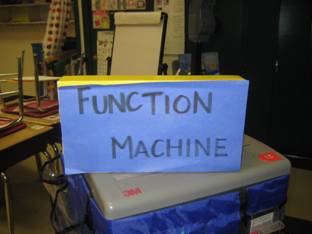
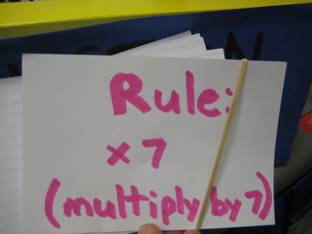
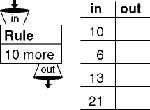


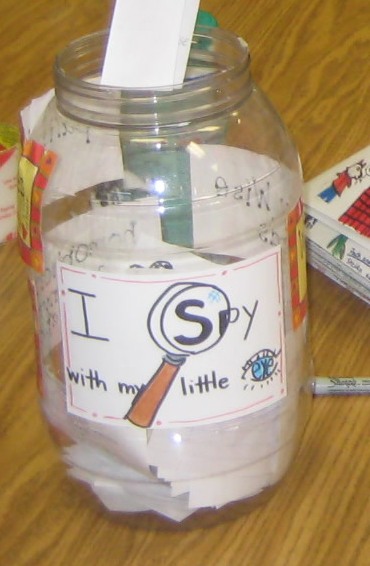
Top: Homophone Sentneces students generated. Bottom: Close up of I Spy Homophone Jar
Student working on the Knighthood Middle Ages Learning Center
"Patients" in the "recovery rooms". The contractions the students formed and pasted on the "recovery room" charts also served as a word wall for spelling.
Elisha Ann's Student Teaching Portfolio
Curriculum
|








